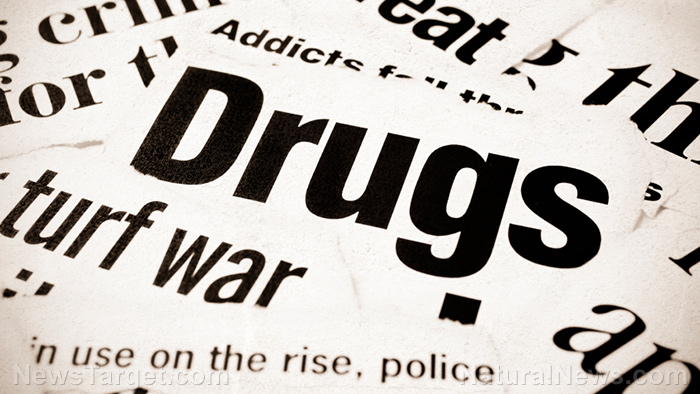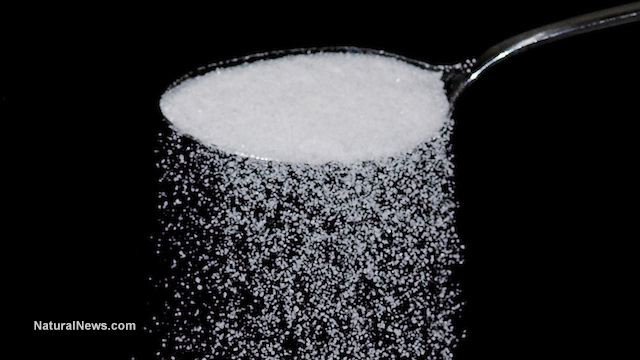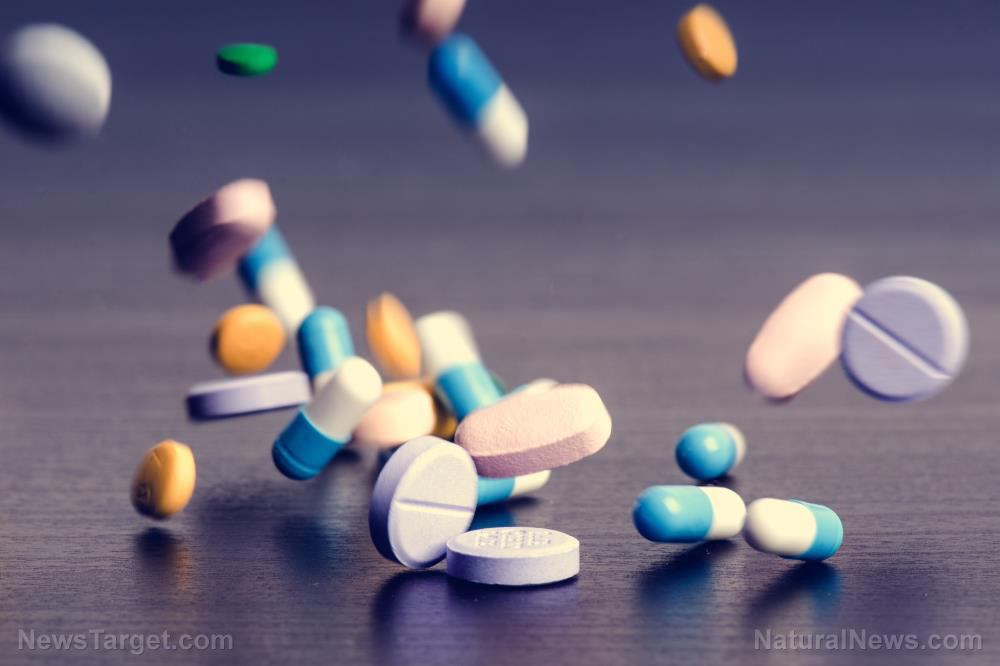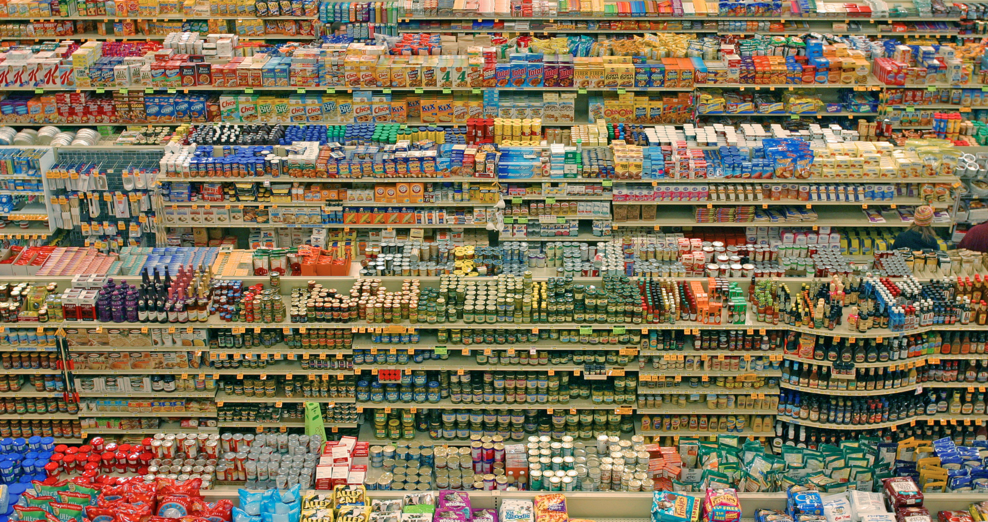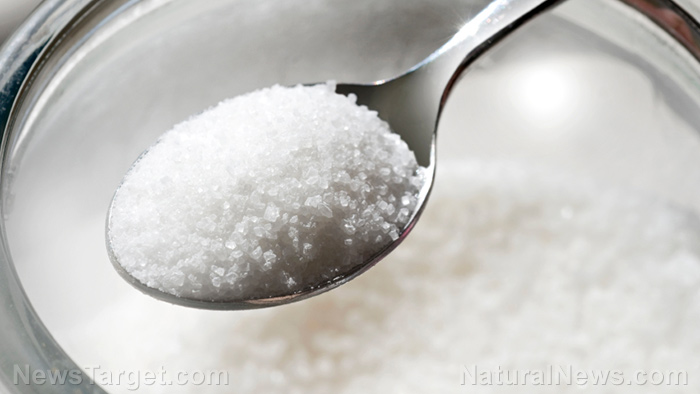Europe’s drug crisis spirals out of control as cartels flood streets with lethal new opioids and designer drugs
06/05/2025 / By Lance D Johnson
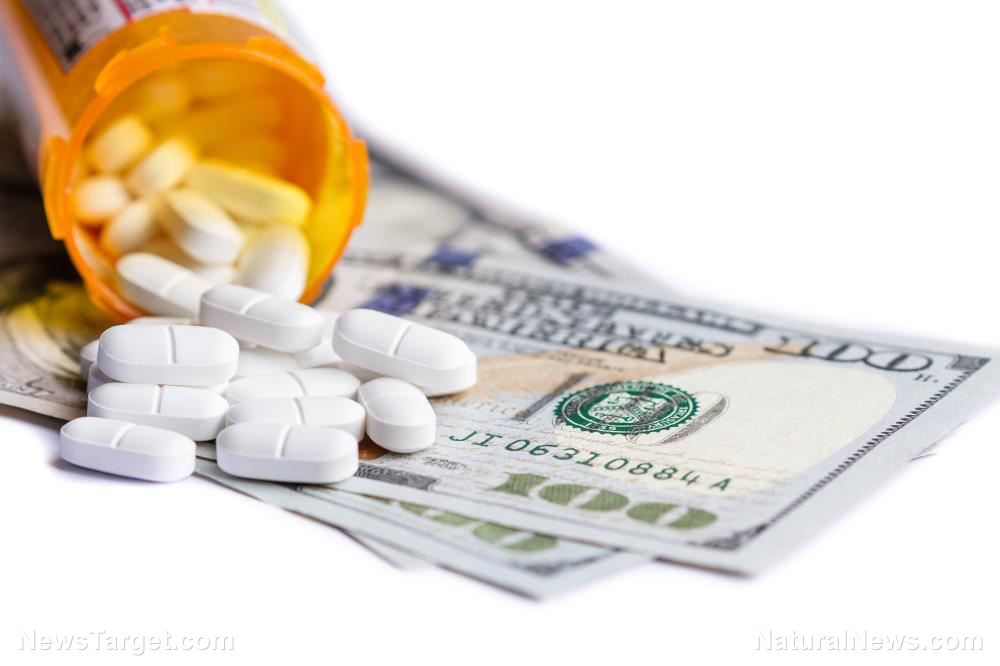
The European Union is losing its battle against a tidal wave of synthetic drugs, as criminal networks exploit geopolitical instability, weakened supply chains, and regulatory loopholes to flood the continent with deadly new substances. The European Union Drugs Agency (EUDA) has issued a dire warning in its latest report, revealing an unprecedented surge in designer stimulants, ultra-potent opioids, and adulterated cannabis products—many of which are slipping past law enforcement and poisoning unsuspecting users.
Drug cartels, emboldened by fractured global supply chains and soaring shipping costs, are innovating faster than governments can respond. From nitazenes—opioids hundreds of times stronger than heroin—to synthetic cathinones masquerading as party drugs, Europe’s streets are becoming a testing ground for lethal chemical experiments. Meanwhile, cocaine seizures hit a staggering 419 tons in 2023, with traffickers infiltrating major ports and corrupting institutions.
Key points:
- Synthetic cathinones, chemically similar to the khat plant, surged to 37 metric tons seized in 2023—up from just 4.5 tons in 2021—with India as the primary source.
- Nitazenes, synthetic opioids exponentially stronger than fentanyl, are now linked to fatal overdoses across Europe, with fake prescription pills laced with the drug targeting unsuspecting users.
- Cocaine trafficking has reached record levels, with Belgium, Spain, and the Netherlands serving as key entry points—while cartels increasingly exploit commercial shipping routes.
- Cannabis potency has doubled in a decade, while semi-synthetic cannabinoids like HHC evade bans and poison consumers, including children.
- The Taliban’s ban on Afghan opium could push European users toward even deadlier synthetic opioids, accelerating the crisis.
The synthetic stimulant surge: Cathinones and Europe’s hidden epidemic
Europe’s stimulant market is undergoing a dangerous transformation. Synthetic cathinones—once a niche concern—are now arriving in multi-ton shipments, primarily from India. These designer drugs, chemically tweaked to mimic the effects of amphetamines, are being pressed into counterfeit pills or mixed into party drugs without users’ knowledge.
The EUDA identified seven new cathinones in 2024 alone, bringing the total monitored substances to 178. Among them, 2-MMC and N-ethylnorpentedrone (NEP) have exploded in popularity, with treatment admissions for cathinone-related disorders jumping from 425 in 2018 to 1,930 in 2023.
Poland has emerged as a production hub, with authorities dismantling 53 cathinone labs in 2023—nearly double the previous year. But the real danger lies in deception: unsuspecting users, believing they’re taking MDMA or prescription stimulants, are instead ingesting untested, potentially lethal compounds.
Nitazenes: The silent killers infiltrating Europe’s opioid market
While heroin still dominates Europe’s opioid crisis, nitazenes—a family of synthetic opioids—are quietly claiming lives. These lab-made drugs, originally developed as potential painkillers, can be hundreds of times stronger than morphine. In Estonia and Latvia, nitazenes already account for a significant share of overdose deaths.
The EUDA warns that fake oxycodone and benzodiazepine pills laced with nitazenes are circulating widely, putting recreational users—even teenagers—at risk of instant overdose. Unlike heroin, which requires large trafficking networks, nitazenes can be shipped in tiny, potent batches, making them nearly impossible to intercept.
China’s recent ban on 10 nitazene variants has only forced traffickers to pivot to new, unregulated derivatives like “orphine” compounds—proving that the chemical arms race between cartels and regulators is far from over.
Cocaine’s choke hold on Europe—and the violence it fuels
Cocaine is no longer just a party drug—it’s a catalyst for gang warfare. With seizures hitting 419 tons in 2023, traffickers are exploiting Europe’s busiest ports, hiding shipments in fruit containers and legitimate cargo. Spain’s record 13-ton bust in Ecuadorian bananas underscores the audacity of these operations.
But the real cost is measured in blood. Rival cartels are recruiting minors, escalating assassinations, and corrupting officials to protect their routes. Wastewater analysis confirms cocaine use is rising, with residues detected in over half of monitored European cities.
As the Taliban’s opium ban destabilizes global heroin supplies, experts fear cartels may push cocaine—or even synthetic cathinones—as substitutes, further entrenching Europe’s addiction crisis.
The EUDA’s call for “preparedness” rings hollow when traffickers operate with near-impunity. From nitazene-laced pills to potent cannabis gummies poisoning children, Europe’s drug crisis is a testament to regulatory failure and institutional inertia.
Sources include:
Submit a correction >>
Tagged Under:
cannabis potency, cartels, cathinones, cocaine crisis, designer drugs, drug addiction, Drug policy, drug seizures, drug trafficking, EUDA, European drug market, fentanyl analogs, harm reduction, nitazenes, organized crime, overdose deaths, Public Health, stimulants, supply chain corruption, synthetic opioids
This article may contain statements that reflect the opinion of the author
RECENT NEWS & ARTICLES
COPYRIGHT © 2017 ADDICTION NEWS

